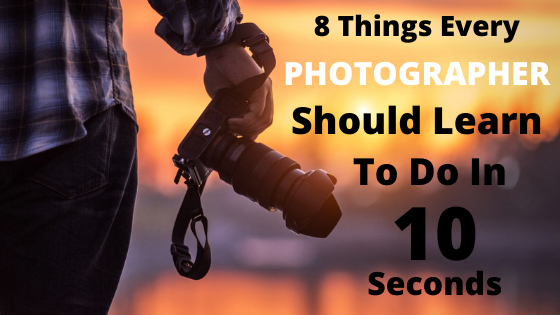When beginning photography, you will soon learn that the “perfect” moment or shot does not wait for you. You have to be ready to adapt to the environment or circumstance when obtaining certain images.
Being efficient translates to all areas of photography.
These tips ultimately give you more experience and familiarity with your camera, which is CRUCIAL when being out, in let’s say an unfamiliar environment.
The more comfortable you are with your camera, the more comfortable your clients will be, and the calmer YOU will be. Learning these tips is a win-win.
Almost all of these can be practiced basically anywhere. From sitting on a plane to watching T.V., to even lying in your bed. Remember, practice makes progress!
This is great because the more you do these, the quicker you will become at them and the more familiarity you will build with the camera and all of the parts with it.
Once you’re familiar with your camera, then you can start taking great photos!
So… Here are 8 things you should be able to do in under 10 seconds.
1. Changing the Battery

Changing the battery is a crucial part for every photographer.
Let’s face it. Batteries die. Sometimes unexpectedly.
Hopefully, that doesn’t happen to you, but regardless, changing the battery is something you should definitely learn to do and be comfortable with.
The good part is that it’s easy!
You just open the “compartment,” pop out the battery, and replace it with a new, fully charged one. Done!
2. Taking out the SD Card

The SD card is considered (at least by myself) to be one of the most IMPORTANT parts of a camera.
It is the place where all of your images and videos are held. So be careful with it!
Same with the battery, just open the compartment, take the SD card out, and insert a new one!
This is beneficial if your SD card gets full, or for some reason stops working. I recommend always taking AT LEAST 2 batteries and 2 SD cards with you on any photography trip or excursion.
3. Changing the Lens

Sometimes, one lense just won’t be enough. Sure, only having one lens makes you get creative with your shots, but on certain occasions, having multiple lenses covering multiple focal lengths can be very beneficial for your photography.
Changing the lens is especially something you want to practice on becoming very quick at, not only to save time but to protect your camera sensor from getting covered in dirt, sand, etc.
There is a designated button to take your lens off and it is located right next to the lens. Push this button and twist the lens. Nikon users: twist clockwise. Canon users: twist counter-clockwise.
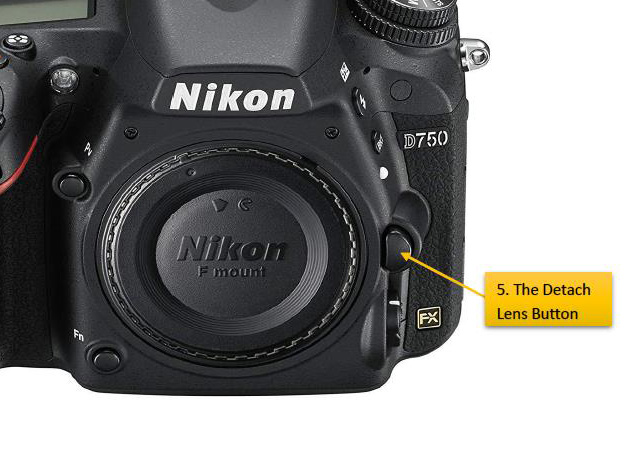
To put another lens on, align the red or white dashes and slowly twist.
Always make sure the lens is securely attached!
4. Manual Focusing
Auto Focus is amazing. But sadly, it doesn’t always work for the shot you want to achieve.
That is where manual focusing comes in to play.
On your lens, there should be a “switch” that you can toggle from AF to MF.

After you toggle it to MF (manual focus), turn the focus dial located at the tip of the lens slowly until you have achieved the desired focus.
5. Reviewing Images

Reviewing images is one of the many fun parts of photography.
It’s the excitement after capturing a photo and wanting to see the result.
The review button is shaped like a sideways arrow and is located next to the LCD screen. Become very familiar with this button, as it is the button that lets you preview your images in the field, and shows you what changes you might have to make to obtain the ideal shot.
6. Changing the Shooting Mode
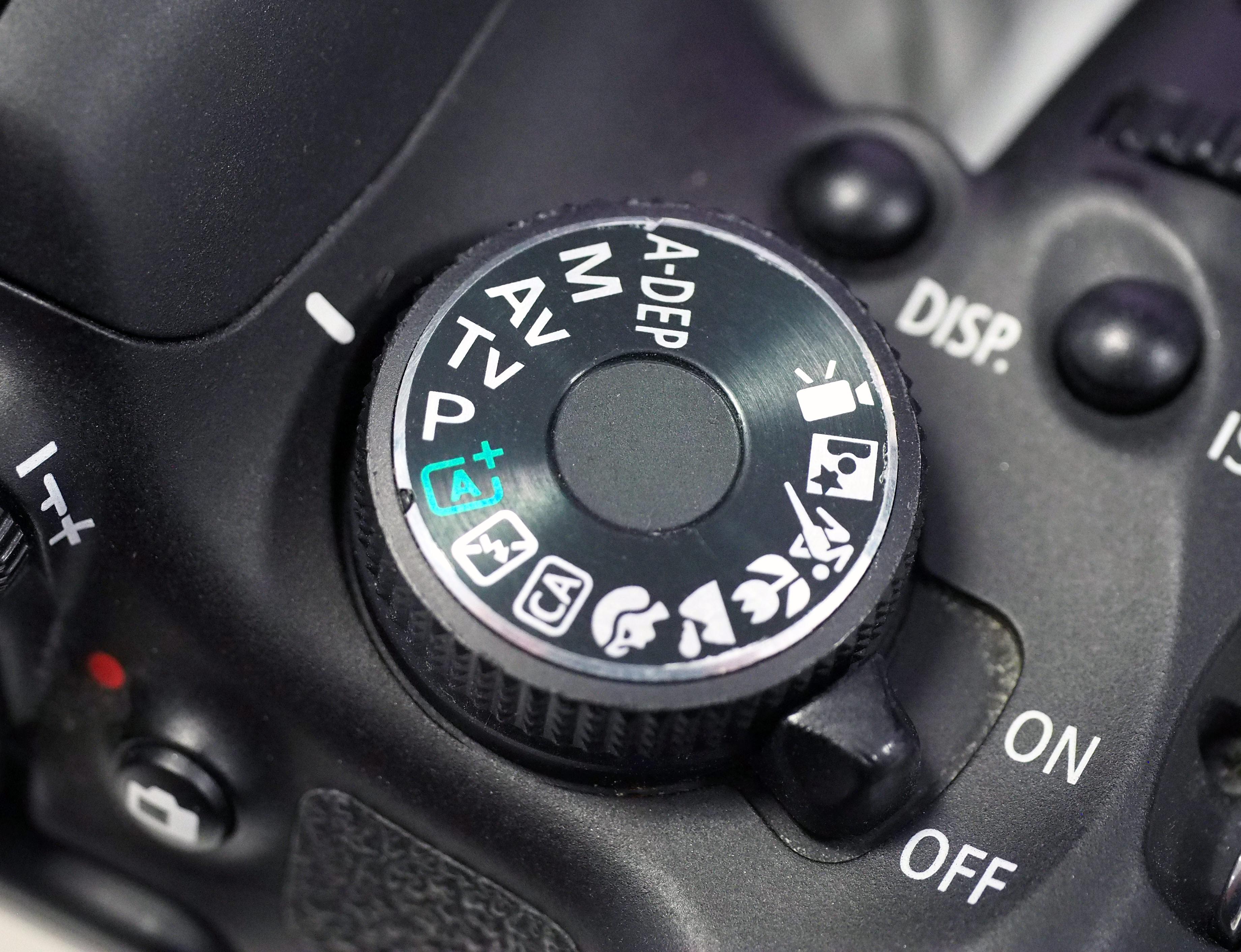
The shooting mode is just another name for Auto Mode, Manual Mode, Aperture Priority Mode, etc.
These options are located on the mode dial, which is either on the top left or right side of your camera.
In one of my previous articles, I explain all of these options and tell you which ones to use in certain situations.
In a nutshell, Manual Mode gives you total control over all of your exposure settings, whereas Auto Mode does everything for you.
Auto Mode is great for beginners, but to anyone wanting to increase their photo skills, I highly recommend switching to Manual Mode, Shutter Speed Priority Mode, or Aperture Priority Mode.
Again, in-depth information about all of those modes can be found in my previous article here.
7. Burst Mode
For all of my sport’s enthusiasts, this tip is for you!
Burst mode is an option on your camera, where if you hold down the shutter button, the camera takes multiple images in less than a second.
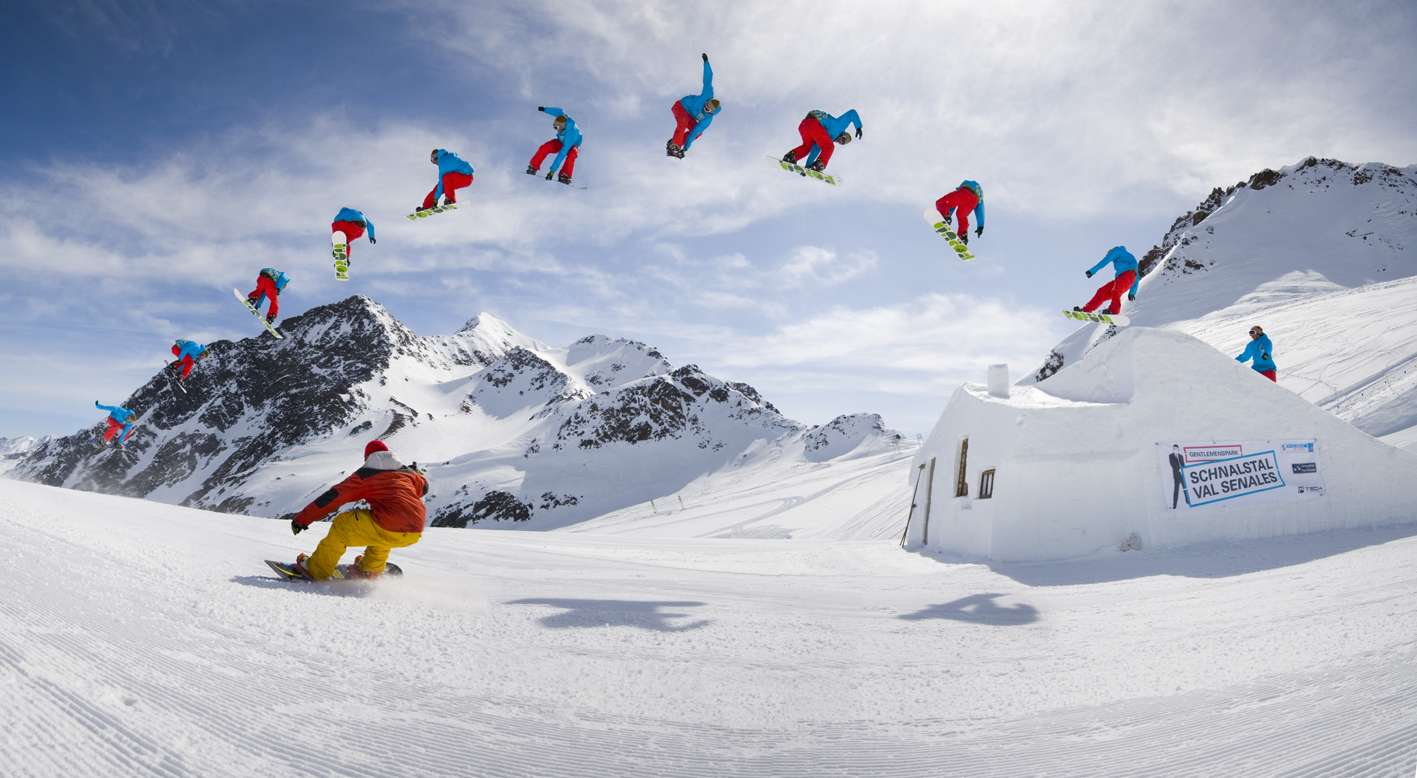
After shooting in burst mode, you can combine all of the images to get a shot like this. (Credit: Heroblog.it)
This mode is especially good for sports photographers, who don’t want to miss any of the action.
Burst mode can also be beneficial to wildlife photographers, who want to capture every movement of a certain animal.
Since burst mode for every camera is usually in a different place, the best way to find out where it is is to look it up.
Once you know where Bust Mode is, become very familiar with where it is and how to choose it. You never want to miss out on a photo opportunity because you were struggling to remember where burst mode was on your camera.
8. Setting Up Your Tripod
Whichever type of photography you are doing, you always want to make sure you know how to set up your tripod effectively and efficiently.
It not only shows professionalism but also allows you to focus your time on more important aspects.
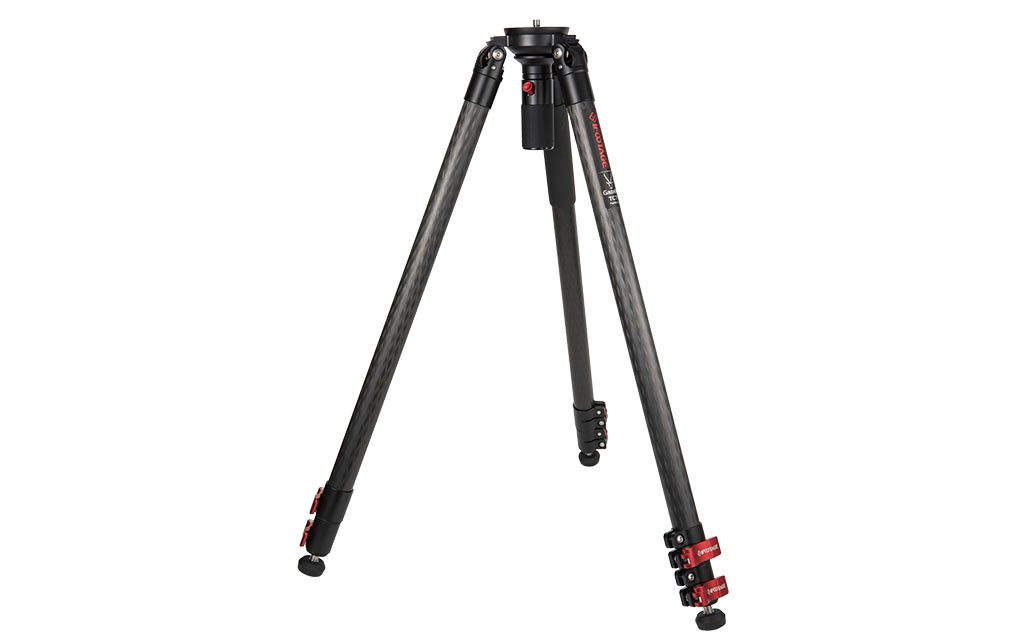
The legs of a tripod.

The head of the tripod.
To unlock the legs of a tripod, you either twist or unlatch a level, depending on the model you own. Personally, I like levels better because I can always be confident that the tripod legs are locked in place.
Besides setting up the legs of a tripod, you have to know how to attach your camera to the tripod.
The top of the tripod can either have a ball head (used to swivel the camera in different directions) or a latching system. There are countless different ways of connecting your camera to your tripod.
Whichever way you end up choosing, just always double-check that the camera is firmly attached to the tripod.
For more information regarding if you should buy a tripod, read my previous article here. P.S. The answer is yes:)
There you have it! Once you learn how to do these 8 things in under 10 seconds you will be on your way to mastering photography!

